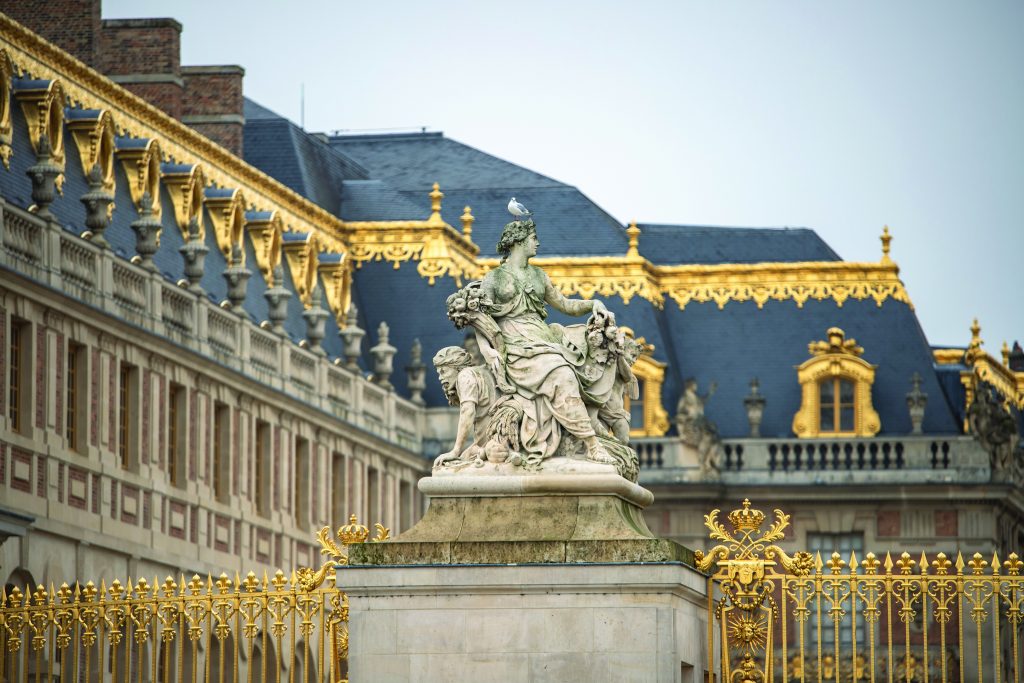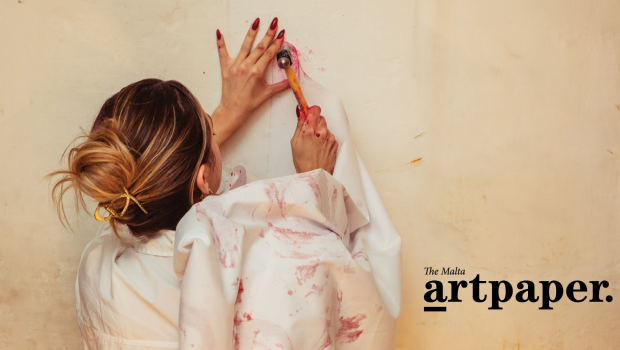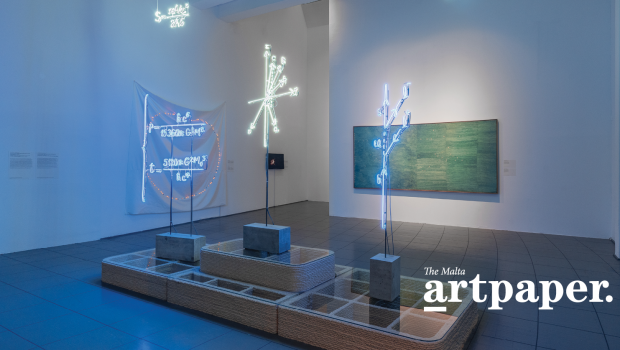Unbearable lightness of Baroque
As the founder and director of the Valletta Baroque Festival I frequently get asked the question ‘what is baroque?’
I find this a little unnerving and very disconcerting. In a country like ours, which is dyed in the wool baroque, I find it alarming how little the general public realise that wherever we look, the sights, the sounds, the temperaments are altogether baroque. It’s literally genetic; the architecture, the art, the feasts, the politics, you name it and its dramatic and larger than life; the epitome of Baroque with a capital B!

The origin of the word is a ‘misshapen pearl’ in Portuguese, which in the 15th and 16th century was used as a centerpiece by jewellers to create a masterpiece; a triton or a horse or a griffon decorated with other pearls and precious stones. Very OTT jewellery was transcribed into other artistic disciplines, and while we had the classical basics that were revived in the Renaissance, they were given new theatrical extravagances that became more and more fantastical, until they evolved in the phantasmagoria of the Germanic Rococo of a Balthazar Neumann! It was as if the Baroque had reached such an apogee that something had to give and post French Revolution the artistic world returned to the classicism of David. But not for long. Romanticism then took over, but I digress.
Malta developed into a sovereign principality during the period when it was ruled by the scions of the most illustrious Catholic noblesse of Europe, from 1530 to 1798, which covers the Baroque period perfectly. So, when after the Siege of 1565 the Grandmaster de Valette persuaded his Knights to make Malta their permanent home, and founded the city that still bears his name, this new city was planned and built on baroque lines – starting from the mannerist and relatively uncomplicated lines of the Auberge D’Aragon to the extravaganza that is Auberge de Castille!
Churches, palaces and houses within the enormous ramparts based on a gridiron, which was considered to be the dernier cri in town planning so much so New Amsterdam across the Atlantic follows the same concept and is now called New York!
Back to music!
All over the world, there has been a revival of what we now refer to as Early Music. It was essential that this wonderful and magnificent setting needed the music that went with it. In creating Versailles, Louis XIV had Jean Baptiste Lully compose operas and ballets that reflected the ‘gloire’ he wished to use as a political tool. This was reflected in every aspiring court in Europe, from St Petersburg to Lisbon, and from Stockholm to Valletta.
Not only the sovereigns but also the church, the nobility, and the well-to-do had this ongoing link with music making rather like today’s plutocrat would have their Bang and Olufsen at the ready!
Malta was no exception. Maltese composers mingled with and were influenced by Neapolitan figures, which were from the nearest and most illustrious royal court – reaching its creative height during the reign of the Bourbon Charles III. Abos, Zerafa, Azzopardi and Balzano were all in Naples at some point, and our cathedral archives are full of their work along with that of Neapolitan composers. In fact, the great Gerolomini archive in Naples has copies of practically everything we have here in Malta.
Tragically, it was only the church that preserved their musical archives, and one must presume that the music composed for the grandmaster, his court, the auberges and the rich Knights, as well as the well-to-do Maltese were transformed into covers for other books at best, and fish and chip wrappers at worst!
This is why the Baroque Music Festival is so important, as it performs the music that was created at the height of the reign of an order, the magnificence of which has been altogether unsurpassed and which has left such a strong baroque stamp in our DNA, that many of us are unaware of it and need to realise it.









